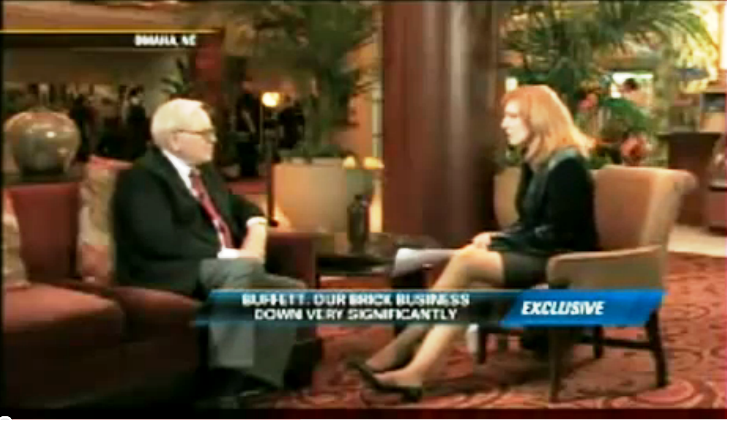
CUSTOMER SERVICE is, by definition, customer: a person or organization that buys goods or services from a store or business, and service: the action of helping or doing work for someone. So essentially, it is the action of assisting someone who wishes to obtain something you have, whether that be a good or service.
Now that we have the technicalities out of the way, I am going to tell you that in reality, customer service cannot be defined by any one definition. This is because every individual has their very own unique perception of what customer service is and how they want to be treated as a consumer. So really, customer service is a feeling. It is how you make a consumer feel about you and the company you work for that directly results in a sale or a bust.
When an individual walks into your business or places a telephone call inquiry, you have to immediately detect their mood. Once you have made the initial contact, you will most likely be able to easily determine how to interact with this person by looking at these three things:
- Body Language: This one is obviously only used for in-person interactions, but when you look at a person, do they have their arms crossed, are they making eye contact, and do they seem relaxed or nervous?
- Tone of Voice: Emotions are often times given away in a person’s tone. If they’re excited, they may speak quickly and in a high pitch or if they are upset, they could raise their voice or speak in a growling manner.
- Engagement: Are they asking lots of questions? Do they look at you when you’re speaking? Do they lean into the conversation?
These are all things you, as the representative, should evaluate as you determine how to interact with the customer. Body language, tone of voice, and engagement can all be used as clues to enable you to give them the service they have defined. Studies show that people are more likely to connect with individuals that are similar to them. So, the age-old sales technique of mimicking mannerisms can be very useful in customer service. If you make a person feel comfortable, understood and cared for, then your level of service, to them, will be unparalleled.
Once you have the customer sized up and you’ve made your first impression of their emotion, LISTEN. It’s now time to sit back and let the customer tell you what they want. Ask open-ended questions and genuinely care for their needs. Your sincerity, paired with your similarity to the customer, will almost always guarantee you are customer service home run.






















